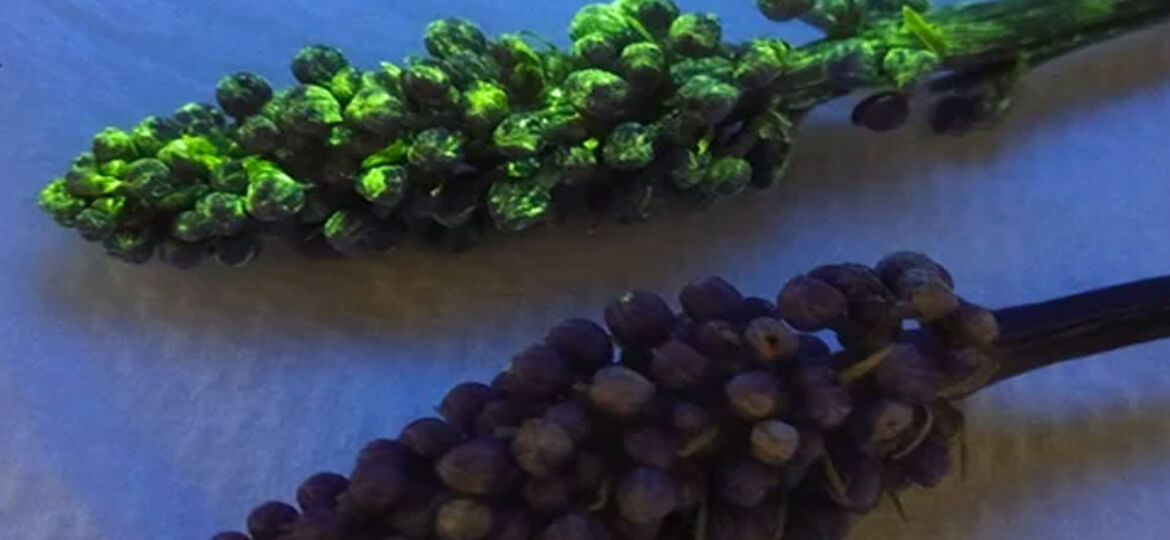
WHY THIS MATTERS IN BRIEF
Being able to bend nature to our will has its advantages, but it could also help us create plants that grow naturally on alien planets.
Plants are naturally amazing little machines so, naturally, scientists think that giving them a bionic leg up could unlock a whole new range of amazingly wonderful, and weird, capabilities. Now a team of researchers from the University of Melbourne in Australia has developed a new way to turn plants into nanomaterial factories which, as we find new ways to turn organisms into factories, like chickens that lay human proteins, for example, could allow plants to act as chemical sensors and living sensor networks, as DARPA in the US is trying to do, or even allow them to survive in harsh environments, such as in space or on Mars. The latter of which might be handy as more entrepreneurs, such as Elon Musk, draw up plans to colonise the Red Planet from as early as the 2030’s.
The new breakthrough takes advantage of the propensity of plants to absorb water and the molecules dissolved in it. Past studies have used this to create Nano-Bionic plants with boosted energy production or the ability to detect explosives.
While both of those used carbon nanotubes, which have also been used to cure paralysis in patients, the new study used a class of nanomaterials called Metal Organic Frameworks (MOF), wonder materials whose surface areas are so huge some hold out hope they could be the wonder material to help tame climate change. MOFs are made of metal ions linked to organic molecules, forming crystals that have the highest surface area of any known material, and that makes them perfect for absorbing and storing molecules, which could be useful for capturing carbon, filtering water or sensing chemicals.
MOFs themselves though are too big to be absorbed into a plant’s vascular system. Instead, the team added metal salts and organic linkers to water, then placed plants into it. The idea is that the plants then absorb those precursor molecules and assemble them into MOFs inside their tissues.
As well as getting plants to assemble MOFs, the resulting material could also be used as a coating. Not only can that give plants access to more of the light spectrum for photosynthesis, but also protect them from damaging UV light.
To test this aspect, the researchers coated cuttings of chrysanthemum and lilyturf with luminescent MOFs, and then exposed them to UV light for three hours. Those that had been coated suffered less wilting and bleaching than uncoated clippings. This could make MOF coatings particularly useful if we want to one day grow crops on Mars.
“As we contemplate growing crops in space or on Mars where you don’t have an atmosphere and are bombarded by UV rays, something like this could be helpful,” says Joseph Richardson, lead researcher on the study. “That’s because it not only protects the plants from the UV rays, but it also turns them into useful energy. Especially as you get farther away from the sun, it’s harder to capture all of the light you’d need for photosynthesis.”
The team is presenting the study at the American Chemical Society National Meeting & Exposition in Florida this week. The work is described in the video.
Source: American Chemical Society
















